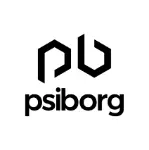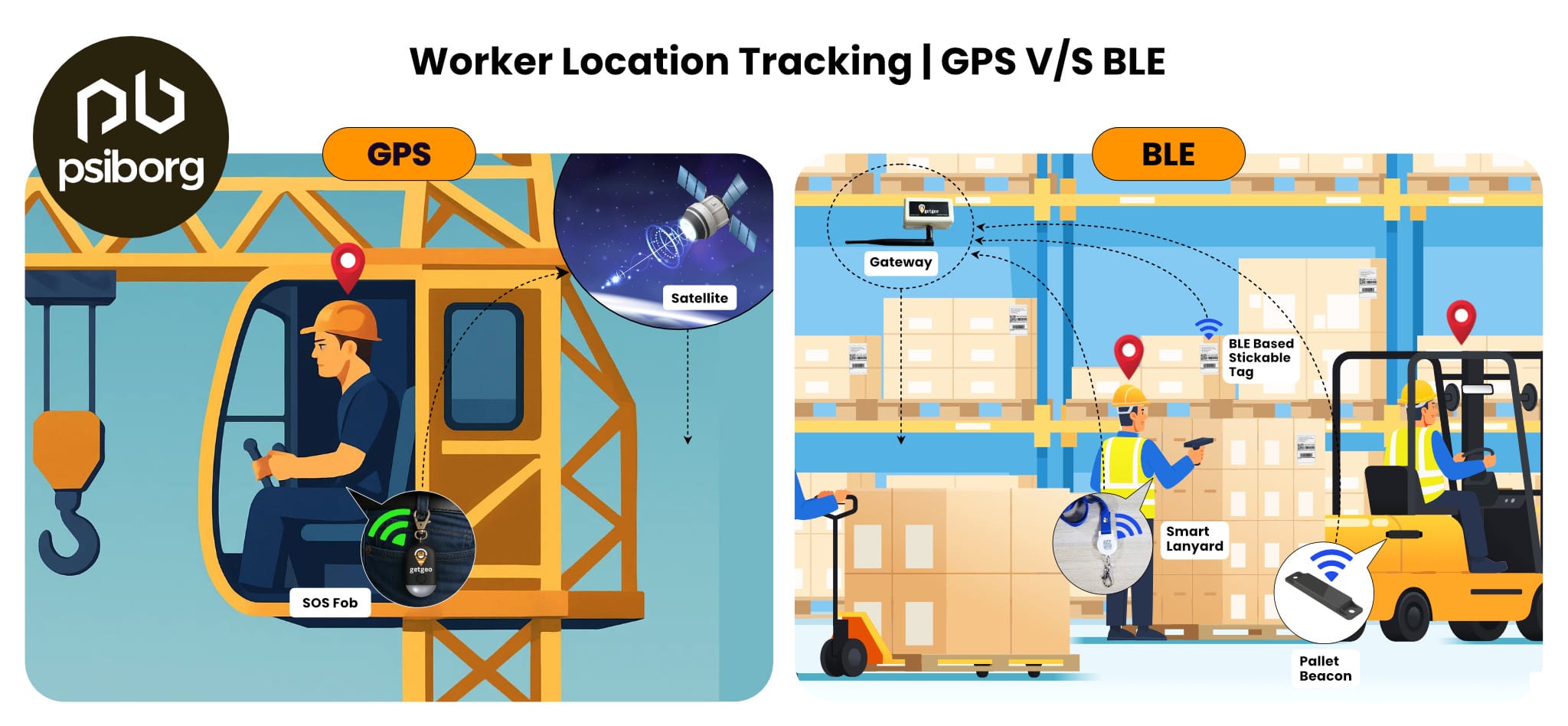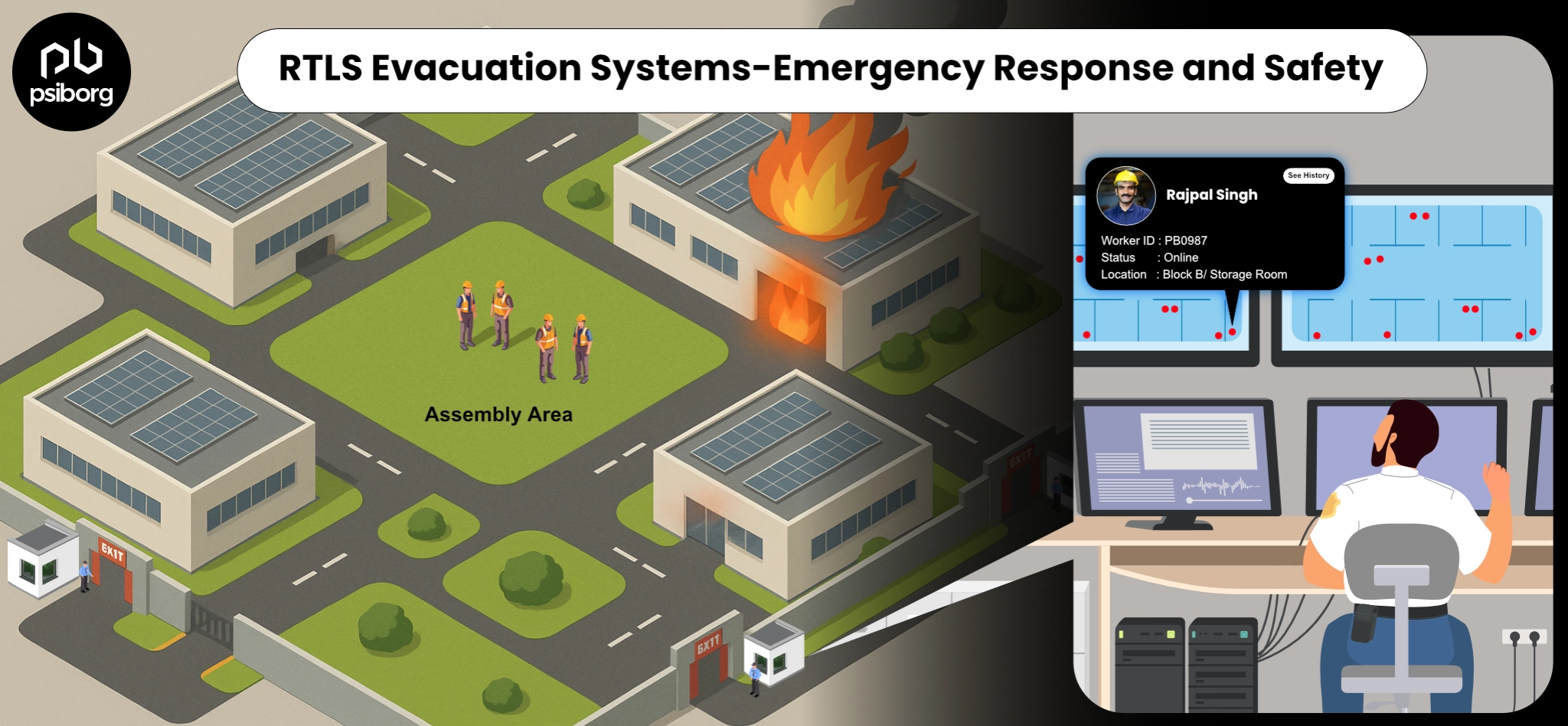Edge Computing
- Home
- Edge Computing
Edge Computing to Gain a Competitive Edge
We help businesses of all sizes grow and excel operationally by becoming more consistent and connected across all operations. Transform your business with our IoT edge computation service and get complete control and visibility of all your data, no matter where it exists.
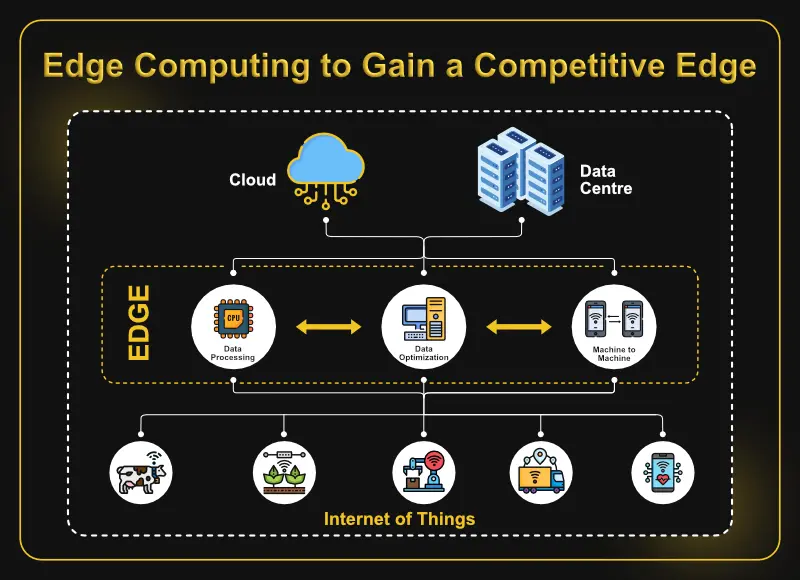
Edge Computing Service
Computing at edge ensures that data is processed locally, resulting in faster decision-making. PsiBorg’s edge-to-cloud infrastructure, analytics, related vertical solutions, and enterprise services.

Edge Analytics
Edge gateways can host lightweight analytics algorithms to take insights from the IoT data in real time. Data will be analyzed locally, allowing faster decision-making and actionable insights.

Data Filtering and Processing
The gateways perform initial data filtering and processing tasks at the edge before transmitting it to the cloud. This entails sorting the incoming data, removing duplicate or unnecessary data, and aggregating data to lower the volume of data.

Security and Device Management
The IoT gateways play a crucial role in insuring the security of IoT devices and data at the edge. Edge gateways also manage software updates and configuration tweaks for connected IoT devices.

Protocol Integration
An IoT environment contains devices that use different communication protocols and data formats. Edge gateways act as middlemen, translating various protocols and integrating data from diverse sources.
Our Technology Stack
IoT Data Protocols
- MQTT
- CoAP
- HTTP/HTTPS
Cloud Services
- AWS
- Azure
- Google Cloud
Back-End & Database Systems
- Node.js
- MongoDB
- InfluxDB
- MySQL
Front-End Technologies
- React.js
- React Native
Firmware Development Languages
- C
- C++
IoT Communicatin Protocols
- BLE
- LoRa
- UWB
- WiFi
- LTE 4G & NB-IoT
Our Approach to IoT Edge Computing
1
Assessment
The first step is to understand the specific requirements and goals of the clients, including the type of data, processing needs, and existing infrastructure. Here we evaluate factors like data volume, latency requirements, and scalability needs.
2
Designing
Based on the evaluation, an architecture is designed for the edge computation. This comprises defining the placement of edge devices like gateways and determining the communication protocols and data flow between the edge and central devices.
3
Implementation
By implementation, we mean deploying the designed edge infrastructure. It involves installing the edge devices, configuring networking components, and setting up a software platform for data processing and analytics at the edge.
4
Monitoring & Optimization
The end step is to continuously monitor the performance of the edge infrastructure, like data processing speed, resource utilization, and network connectivity.
How Are IoT and Edge Computing Related?
Edge computing in IoT is revolutionary for smart solutions. It makes IoT devices more competitive, storing, processing, and analyzing data locally rather than just sending it to a centralized server. An IoT system works continuously, collecting, sending, and analyzing data in a loop. The analytics here are performed in near real-time. Edge computation involves moving the storage and computing functionality near the physical location of data sources. Edge programming, when combined with IoT, makes it possible for businesses to flexibly deploy workloads on IoT hardware, thus improving performance.
Role of IoT Gateway in Edge Computation
An IoT gateway is needed for device-to-device and device-to-cloud communication. Their prime roles include data filtering and analysis. The IoT gateways are also designed to manage the authentication of data that needs to be transferred to the cloud.
Whenever an edge agent communicates with another device or with the cloud, the gateway processes the request and sends it to its destination.
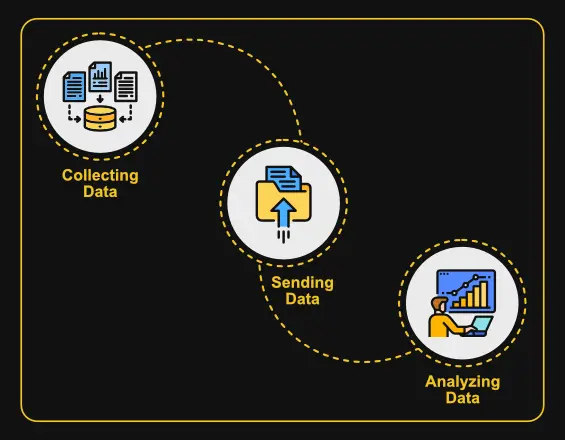

How Edge Computation Will Benefit Your IoT Product and Business?
If you have sensors and IoT devices in an area with limited connectivity that generates too much data, and need millisecond response times, edge computing is the solution for you.
Moreover, edge computing offers many advantages, including:
-Reduced Latency: Local data processing reduces latency, allowing near real-time responses from IoT devices due to proximity.
– Minimum Congestion: Edge computing reduces network congestion by processing, filtering, and compressing data locally, saving time and bandwidth costs.
– Bandwidth: It also enables IoT devices in unstable network environments like offshore rigs and remote military sites, ensuring uninterrupted operation despite irregular cloud connections.
Use Cases and Examples of Edge Computing
There is a very long list of applications, products, and services that function better by implementing edge computing. Some of the major use cases are:
– Smart Devices: IoT devices can provide real-time insights by running on devices instead of on the cloud.
– Health Monitoring Devices: When lives are at stake, instant updates without even a second of delay are needed.
– Self-driving cars: To maintain traffic safety and human life, automotive cars must make decisions in real-time.
– Retail: Marketing and business opportunities can be discovered using surveillance, sales data, and other real-time business updates.
– Manufacturing: with edge computing, one can use environmental sensors to monitor and utilize data to improve manufacturing and product quality.
Why Trust PsiBorg for Edge Computing Service?
We at PsiBorg offers edge computing and edge analytics services for near edge across multiple platforms. We also integrate edge computing onto public clouds like AWS, and Azure. PsiBorg is here to help you with any aspect of your edge computing planning and deployment, from defining a strategy to programming edge intelligence to building out your solution.

Interested? Let’s Get Started
STEP 1
Contact Us
Reach out to us via the contact form or give us a call to initiate the conversation about your IoT development needs.
STEP 2
Get Consultation
Schedule a consultation with our experts to discuss your project in detail, aligning our approach with your unique vision.
STEP 3
Get a Cost Estimate
Receive a detailed cost estimate tailored to your project’s scope and requirements, ensuring transparency in your investment.
STEP 4
Project Kickoff
Once finalized, we'll initiate the project kickoff, marking the beginning of our collaborative journey toward successful IoT product development.
Why Choose PsiBorg?
Ready to elevate your IoT devices with advanced hardware design solutions? Contact us today to discuss your project requirements and explore the possibilities.

Industry-Leading IoT Expertise
With almost a decade of rich experience in IoT technology, we provide tailored services to various industries. Our team strives to deliver innovative and effective solutions that guarantee brilliant connectivity and automation.

End-to-End IoT Solutions – From Concept to Deployment
From the initial idea to launching your IoT project and providing continuous support, we take care of it all. You can completely focus on your business while we ensure a hassle-free experience for our clients.

Secure and Scalable Architecture
We guarantee you scalable, reliable and future-proof solutions. They are designed to provide operational efficiency, strong security, reduce downtime and align with your evolving needs.

Customized IoT Solutions for Diverse Industries
Trust us to offer tailored IoT applications that perfectly align with your specific industry requirements and deliver smart, efficient, and cost-effective solutions.
Got problem worth solving or some amazing idea? Share with us!
Once you let us know your requirement, our technical expert will schedule a call and discuss your idea in detail post sign of an NDA.
All information will be kept confidential.

Speak with an expert
- Get help evaluating if PsiBorg is right partner for you
- Get information on IoT Solution and pricing
- Get a demo of how IoT can help with your use case
IoT Development Solutions for Every Industry
As one of the IoT product development companies, we deliver IoT products that are designed for performance, security, and longevity.

Automotive Industry: Manpower and Asset Tracking
For monitoring workforce productivity and efficiently managing valuable assets in the automotive sector, we build reliable IoT-based tracking solutions.

Mining Industry: Deployed Temperature and Humidity Monitoring
Our highly efficient IoT solutions help mining companies learn about the environmental conditions, ensure safety and comply with industry regulations.

Defence: Deployed Shipment Tracking Solution
To provide security and reliability in the defense sector, we provide real-time tracking solutions that help closely monitor the movement of all critical shipments.
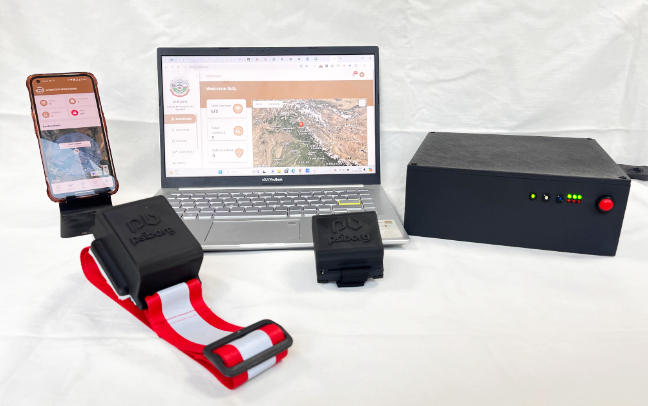
Research and Development Sector: Cattle Health Monitoring System
Researchers and farmers can track cattle health, improve productivity and detect diseases early with our IoT-enabled livestock monitoring systems.

Consumer Electronics: SoS and Emergency Devices
Our IoT app development company provides efficient SoS and emergency devices that help in monitoring emergencies in real time and ensure quick responses and better safety.
Case Studies
The true success of a business lies in the trust and partnership cultivated between clients and the company. Click to read about some of our proudest achievements.
Frequently Asked Question
Edge computing services like edge analytics, data filtering, and data security services deliver computing resources and data processing closer to the source of data generation, to reduce latency and enable real-time data analysis for IoT devices.
Edge computing reduces latency by processing data closer to its source, facilitating faster response times and real-time data analysis. It also strengthens data privacy, reduces bandwidth usage, and improves reliability in unstable network conditions.
Examples of edge computing include wearable health devices monitoring vital signs, smart sensors in manufacturing plants for optimizing machine performance, and autonomous vehicles processing data for real-time decision-making without relying on distant servers.
In the area of edge computing, PsiBorg offers services such as edge analytics, data processing and filtering, security and device management, as well as protocol integration.
Edge computing offers faster processing, reduced latency, and improved data privacy by processing data closer to the source, and enabling real-time applications, making it the future of cloud computing.
